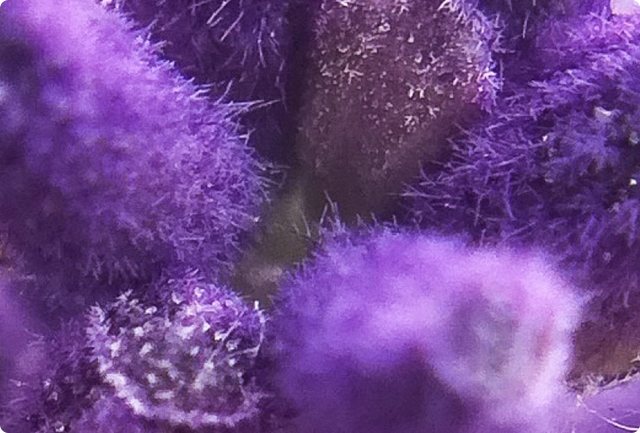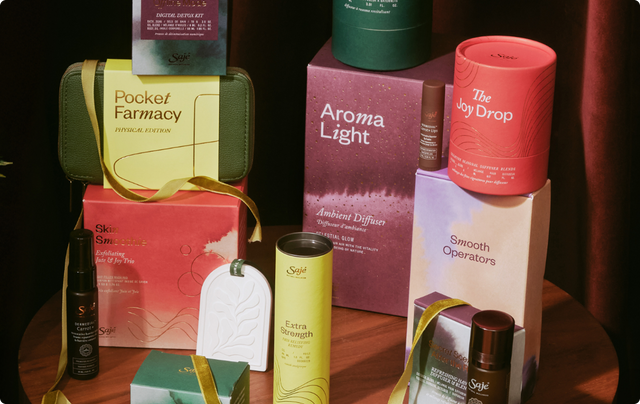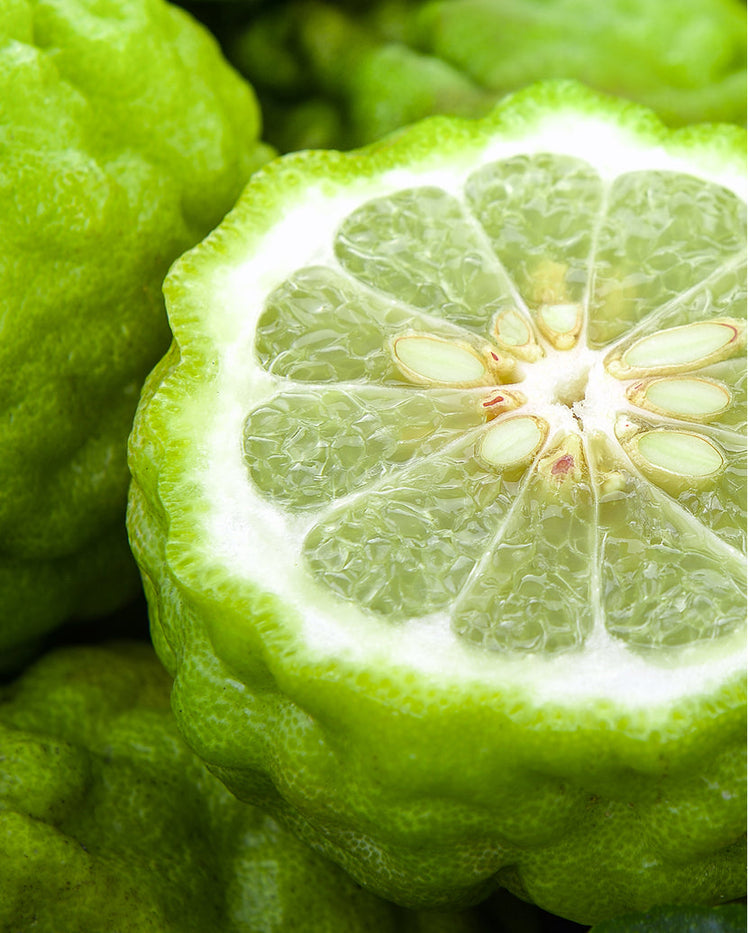About the Oil
Bergamot essential oil is cold-pressed from the fresh rind of the Citrus bergamia fruit, a hybrid of bitter orange and lemon cultivated primarily in southern Italy. Its fresh, fruity-floral aroma is uniquely uplifting and soothing.
Rich in limonene, linalyl acetate, and linalool, bergamot oil has a long-standing reputation for calming the nervous system, reducing anxiety, and supporting emotional balance. Its antioxidant and antimicrobial effects have also been validated in modern in vitro and in vivo studies.
Why You Would Use Bergamot Essential Oil
- To promote emotional relaxation and stress relief
- For its antioxidant activity and ability to scavenge free radicals
- As a natural antimicrobial that targets harmful bacteria while sparing probiotics
- To support dopamine regulation and mood balance
- In fragrance blends that evoke lightness and clarity
Clinical Findings
| Study | Participants & Methods | Key Results | Reference |
|
Antioxidant activity |
In vitro radical scavenging using DPPH and ABTS assays |
Bergamot oil showed strong antioxidant activity at 80 mg/mL comparable to lemon and superior to grapefruit EO |
Li et al.,2022 |
|
Selective antibacterial action |
MIC and MBC testing against E. coli, Salmonella, and L. acidophilus |
Bergamot oil inhibited pathogens like E. coli and Salmonella, but spared beneficial bacteria such as L. acidophilus |
Li et al.,2022 |
|
EEG response in humans |
Human subjects exposed to bergamot oil inhalation |
EEG showed reduced beta and increased alpha activity, indicating a shift toward relaxed mental states |
Takagi et al., 2013 |
Behind The Science
Bergamot oil exerts its effects through monoaminergic modulation, dopamine elevation, and limonene-driven antioxidant pathways. When inhaled, bergamot stimulates dopamine release in the brain’s reward centers, reducing anxiety and promoting a sense of well-being.
Its antimicrobial activity is selective, targeting pathogens without disrupting beneficial gut flora. Additionally, synergistic effects between limonene, linalyl acetate, and linalool may underlie its wide-ranging benefits, including stress modulation and oxidative protection.
How and Where It Grows
Bergamot trees flourish along the coastal provinces of southern Italy, particularly Calabria, where the unique climate supports its high essential oil content. The peels are cold-pressed to extract the aromatic oil, which is prized in perfumery and traditional medicine. Citrus harvest takes place from November to February, when the fruit reaches peak ripeness.
Use in Ancient Medicine
Bergamot has a long-standing role in Italian folk medicine, where it was used to reduce fever, combat infection, and uplift mood. It was often included in digestive remedies and skin preparations, and is the key scenting agent in Earl Grey tea. Its balancing qualities made it a favorite for soothing the nervous system and restoring emotional harmony.
Symbolism
Bergamot symbolizes joy, openness, and emotional clarity. Its bright citrus scent clears away heaviness and invites light into the emotional field. Associated with the solar plexus and heart chakras, it fosters a sense of confidence and serenity, helping dissolve fear and restore equilibrium.
INFORMATION provided is intended for informational purposes only and is not meant to diagnose, treat, cure, or prevent any disease. Statements have not been evaluated by Health Canada or the FDA. Please consult a qualified healthcare provider before using essential oils for therapeutic purposes.
References
- Li, Y. et al. (2022). The chemical composition and antibacterial and antioxidant activities of five citrus essential oils. Molecules, 27(20), 7044. https://doi.org/10.3390/molecules27207044
- Watanabe, E. et al. (2015). Anxiolytic effect of bergamot essential oil via inhalation on behavior and neurochemistry in mice. BMC Complementary and Alternative Medicine, 15, 341. https://doi.org/10.1186/s12906-015-0860-x
- Takagi, M. et al. (2013). Fragrance composition and odorant identification of the essential oil from Citrus bergamia and its effects on human EEG activity. Flavour and Fragrance Journal, 28(3), 207–213. https://doi.org/10.1002/ffj.3146








